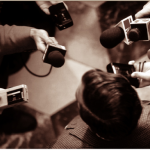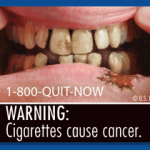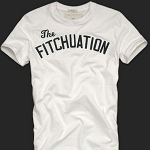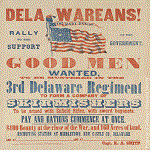Communication in a Crisis
“In many ways, individuals and institutions get measured by their capacity to deal with change, surprise and the unexpected.” — Bob Woodward
Many crisis situations entail change, surprise or the unexpected. How do we as public relations professionals respond effectively? How do we blend the proper doses of textbook theory, gut instinct and level-headed judgment?
Over the course of my career I have dealt with a variety of “urgent” situations: product liability, white-collar crime, race and sex discrimination, life-threatening negligence by healthcare providers, environmental issues, and corporate downsizing, to name a few.Read full post...























